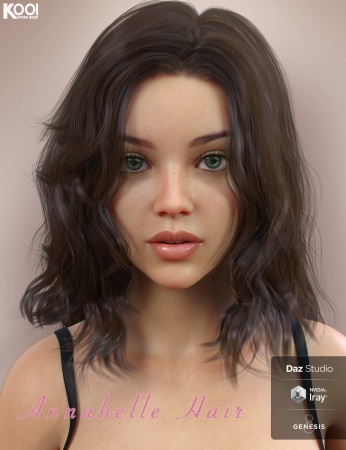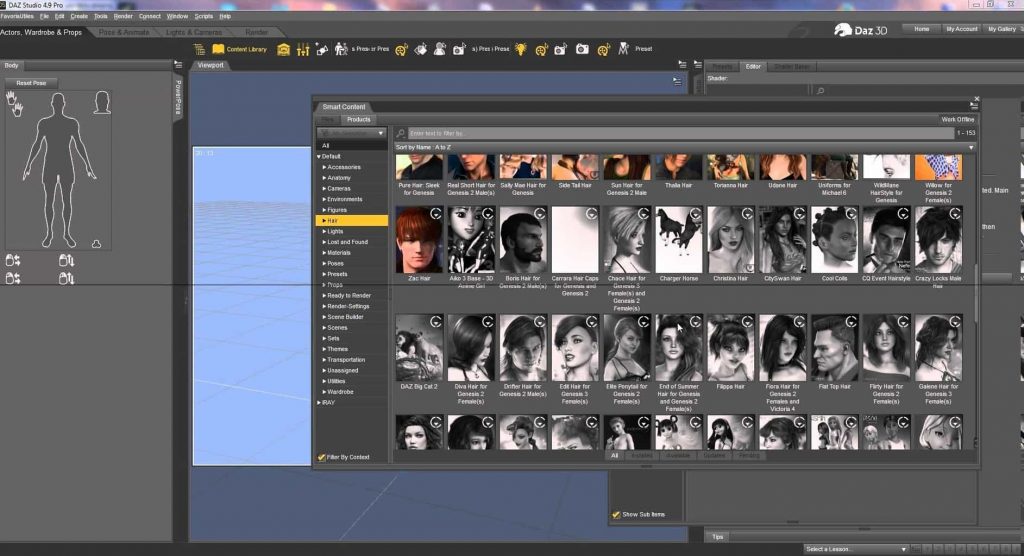

That said, here are some of the primary settings you can use to get the most out of this effect. While the surface will appear white, you should start to see water-like effects across the surface.ĭepending on the lighting and desired look you’d like for your plane of water, it is very likely that the parameters for each setting you choose will vary greatly.

Use the slider to adjust the intensity of the effect. Navigate to the image you’ve chosen and select it to add it to this setting. With the plane selected in the Scene tab, click on the Surfaces tab below. We recommend looking for a free water image that is available under a creative commons license. In Daz Studio, you can use a standard image as the base bump. This serves as the main source of how the plane’s surface appears, tricking the renderer to give an appearance of unevenness, despite being a flat plane. Next, we’ll add a base bump layer to the plane’s surface. Set the Type as Plane and set the size as needed to meet the needs of your scene. With a new scene opened in Daz Studio, navigate to Create > Add Primitive. Step One: Add a Plane Primitive to Your Scene Any body of water, such as the ocean or a lake on a calm day, or an empty swimming pool with minimal oscillations is when this method is going to work best. This works best for large, calm bodies of water, and won’t suffice for waves and splashes. When used in the right settings, this method of adding 3D liquid to your render can be very effective. While this method does have some disadvantages, it’s very easy to accomplish.

We’ll be adding a simple primitive plane to the scene, then manipulating specific settings within the Surfaces tab to achieve our desired results. This is a great place to start, especially for beginners working with Daz Studio. Here are several different approaches you can take to add water to your next render in Daz Studio. Adding realistic liquid to your 3D design is a great way to make interesting and active renders, full of life and energy. Liquid also has a unique way of moving, whether it’s in a pool, a vast ocean, or small droplets colliding on surfaces.

Water and liquid can interact with light in beautiful ways. There are a variety of tools that can help you do this, but today’s post will focus on how to simulate water in Daz Studio. Creating realistic 3D liquids like water can be challenging, especially for beginners.


 0 kommentar(er)
0 kommentar(er)
